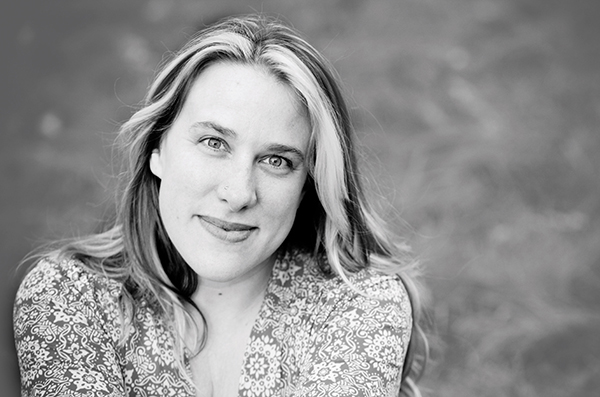The Talk
by Heather Shayne Blakeslee
I don’t have children myself, nor do I plan to. But kids abound in my life, including the three amazing children that my sister and her husband have ushered into the world. I think about them a lot, and as they get older I wonder when they will start coming to ask questions or have conversations that they don’t want to have with their extremely engaged parents—simply because they are the parents, and I am the crazy aunt who lives in the city.
I have also thought about whether it’s appropriate to start a conversation that is probably not at the top of my sister’s list: where most of our meat comes from.
I’d like to tell my niece, who is 15 and thinking of becoming a doctor, that when I was growing up, I would ride along on large animal rounds with a local veterinarian, intoxicated by his pipe smoke and our noble charge, considering whether to dedicate myself to that kind of medicine.
It was thrilling to get a glimpse behind the scenes: the cow that needed antibiotics for mastitis or manual help removing uterine tissue, a horse with an infection from a run-in with barbed wire, a pig with a stomach ache. All of them were respectfully treated as the individuals they were, whether they were a working animal or destined for slaughter. (Truthfully, the plethora of barn cats likely didn’t get much veterinary attention, but a downed animal in the field was definitely cause for alarm.) My niece should know that there are still good farmers out there, right here in Pennsylvania, who take animal husbandry seriously, some of whom dote on their animals just as she dotes on her dog.
I would also tell her how sad I was the day at the Bloomsburg Fair when, petting a giant hog raised by a young girl about her own age who was participating in the 4-H program, I saw a handwritten sign tacked to the door of the pen reading, “Thank you, Hatfield, for buying my pig.” And then, I’d like to show her footage from inside a place like a Hatfield meat processing plant, or an online video from a confined animal feeding operation, otherwise known as a factory farm.
I’d like to watch the compelling, funny and disturbing movie “Okja” with her—an updated “Charlotte’s Web”-esque yarn that features a young Korean girl who heroically protects her giant pig in a chase over two continents and into the bowels of a heartless, multinational corporation that believes, rightly, that the public will eat anything if it’s cheap enough.
I’d like to tell her that, unfortunately, the most hard-to-watch scenes in that movie are more fact than fiction, and that every fridge she’s ever known is stocked with animal products produced in exactly that manner.
The vegetarian/omnivore debate is complicated, but some complications melt away when you think about how you might explain things to a young child or a young adult. I want to tell her that I’ve oscillated between vegetarianism and omnivorism for decades, and that no matter how much I learn, and how much I entertain different arguments and diets, there is one thing that always remains true for me, and I hope that it will remain true for her and her brothers: If you wouldn’t treat the family dog a particular way, then farm animals, even those who will die on the way to our dinner plate, don’t deserve that treatment either.
Just last year at a family picnic that involved a roasted pig, an adult asked me if I was going to partake. I asked if it was one of my uncle Harvey’s pigs, or from somewhere else. “Why does it matter?” was the sincerely befuddled response. But, of course, it matters a lot. Harvey is not Hatfield—and that means everything.




